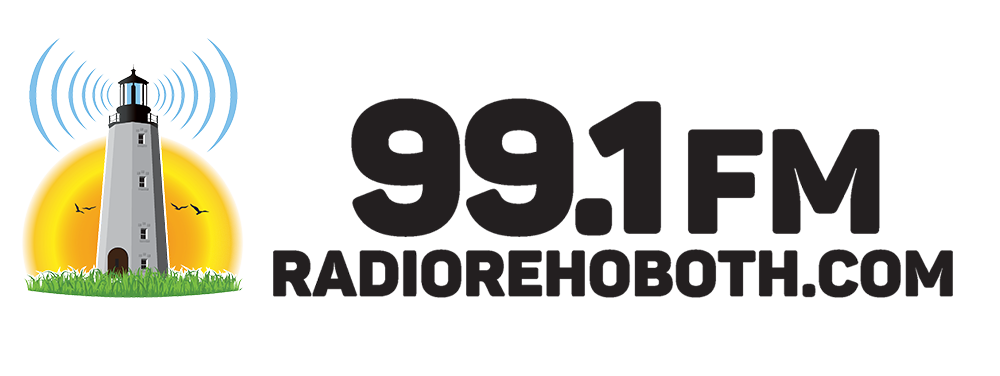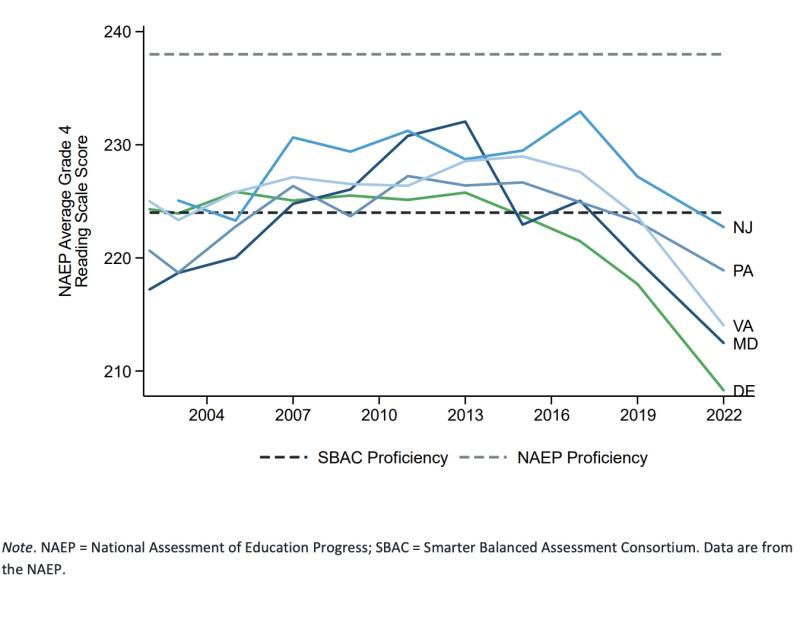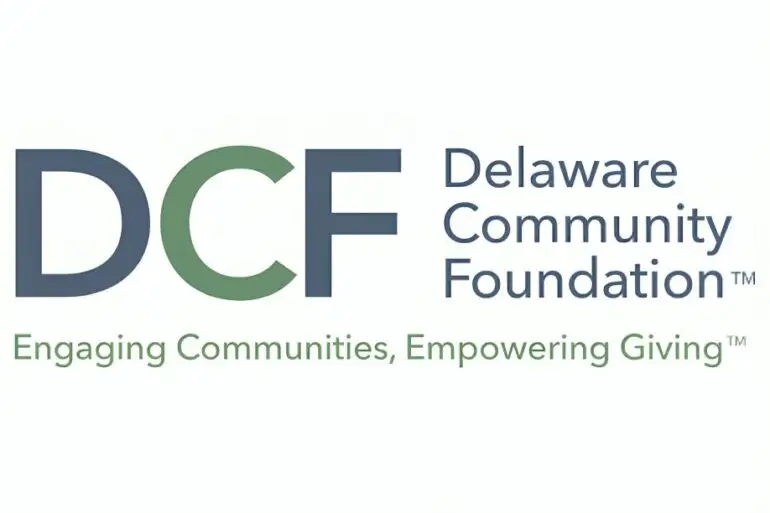-
 play_arrow
play_arrow
Radio Rehoboth

A recent report says Delaware needs to invest up to $1 billion more in education but adds that districts should have more discretion on how funds are spent.
The Assessment of Delaware Public School Funding is the outcome of a 2018 complaint filed by the Delaware NAACP and a group called the Delawareans for Educational Opportunity which said Delaware is not meeting its constitutional requirement to provide adequate education, specifically for low-income students and English Language Learners.
Bringing property assessments up to date, instead of using decades-old values to calculate taxes, was the first change initiated by the lawsuit. All three counties recently began conducting property tax assessments.
The report – written by American Institutes for Research, a Washington, D.C.-area nonprofit – relies on two models in determining that Delaware’s $15,334 average per student cost is inadequate. One model estimates the cost per student should be about $19,000, while the other estimates the figure to be about $22,000.
Although there is a correlation between low-income and special needs students, which results in a higher cost-per-student amount double or triple the average cost, the report states the additional spending is not meeting students’ needs. Compared to neighboring states New Jersey, Pennsylvania, Virginia and Maryland, Delaware’s average fourth-grade reading scores lag behind. The same goes for fourth-grade math scores, and eighth-grade math and reading scores.
“There is a strong negative relationship between student outcomes and the percentage of low-income students served by schools, indicating that those students are not being provided an equal opportunity for academic success,” the report states. “Our adequacy analyses indicate a need to differentiate funding more strongly based on student needs, providing more to schools with the highest needs.”
State equalization funding, a decades-old process for giving smaller, often less wealthy, school districts funding equitable to land-rich wealthier districts, was described as broken, flawed and outdated by district administrators.
One district administrator quoted in the report says they cannot pay teachers a hefty salary because their district property value is lower than other districts. All administrator comments included in the report were quoted anonymously.
“So we’re at a disadvantage. We’re also in an economically depressed area, in addition to that,” the administrator wrote.
The administrator says the equalization formula has been frozen since 2009.
“It’s outdated; it’s not functioning correctly,” the administrator wrote. “When you want to talk about equity and funding … that’s the heart of it right there – there is no equity in the funding anymore.”
Flexibility in spending is also needed so districts can spend funding in areas needed, instead of the state earmarking funds for limited, specific purposes, educators say.
“The Legislature has to stop passing bills that set up funding sources that can only be spent on three things. That’s why we are where we are, because we’ve got all these little pockets of money – safety and security money, minor [capital], technology. There is no flexibility on those little sources [of funding],” a district administrator wrote.
According to the report, even Gov. John Carney’s Opportunity Funding at $75 million per year for three years for low-income and ELL students that began in fiscal year 2020 is not enough.
“In particular, interviewees suggested that special education units have not kept pace with the increasing costs of special education and that staff needed to provide IT support,” the report states.
One district administrator said their district has more autistic students than ever.
“And the needs that these kids have are so incredibly unique and they differ from kid to kid,” the administrator wrote. “There are so many different things that come along with that. We’re having to figure out how to purchase adaptive playground equipment. We have students in wheelchairs. We have students that require nursing support with feeding tubes. We have babies at our kindergarten and pre-K center that require diaper changes. These are things the public schools didn’t have before.”
The report’s top recommendation is to spend more money, but allow districts more flexibility in how they use the funding.
Addressing the local share funding discrepancy between districts based on property tax referendums, the report suggests a formula that would create a target amount. “The state then funds the difference between the target funding level and the local share,” the report states.
As for the referendum process, the report suggests letting people vote on changing tax rates and possibly increasing their taxes could be a barrier to raising local funds for school districts.
“If the approach to funding relies on a local share, a referendum should not be required to implement the tax rates necessary to raise the local share,” the report says. “State policy could still require a referendum for tax rates that exceed the rate required to meet the local share or for rates that exceed some level beyond the local share.”
The report concludes by suggesting Delaware change its current unit count system to “a weighted student funding [or foundation] state funding formula.”
“The many side pots of funding that are allocated outside of the main unit formula could be reduced in favor of allocating more units through the main formula,” the report states. “Units could more flexibly be converted to different types of staff or cash.”
The report said a majority of states have turned to the foundation formula approach to school funding in some form.
Go to Source:https://www.capegazette.com/article/education-report-more-money-flexible-spending-needed/269076
Author: Melissa Steele
Written by: RSS
Similar posts
-

Daybreak Morning Show
Hosted by Jeff Balk
Join Jeff Balk for all the news and information you need to know to start your day and enjoy your stay in Rehoboth Beach, Dewey Beach and the Lewes areas with special featured guests from our non-profits, businesses and art communities.
close Chart
Top popular

News Briefs 10/17/23
Board of Commissioners Workshop & Special Meeting – November 6

Six Sussex road projects considered in latest CTP
NFL Week 17 highlights: Packers, 49ers, Saints, Steelers win, Cardinals stun Eagles
Knicks vs. Cavaliers prediction, odds, line, spread, time: 2023 NBA picks, Nov. 1 best bets from proven model
Copyright 2023 East Sussex Public Broadcasting, Inc.





